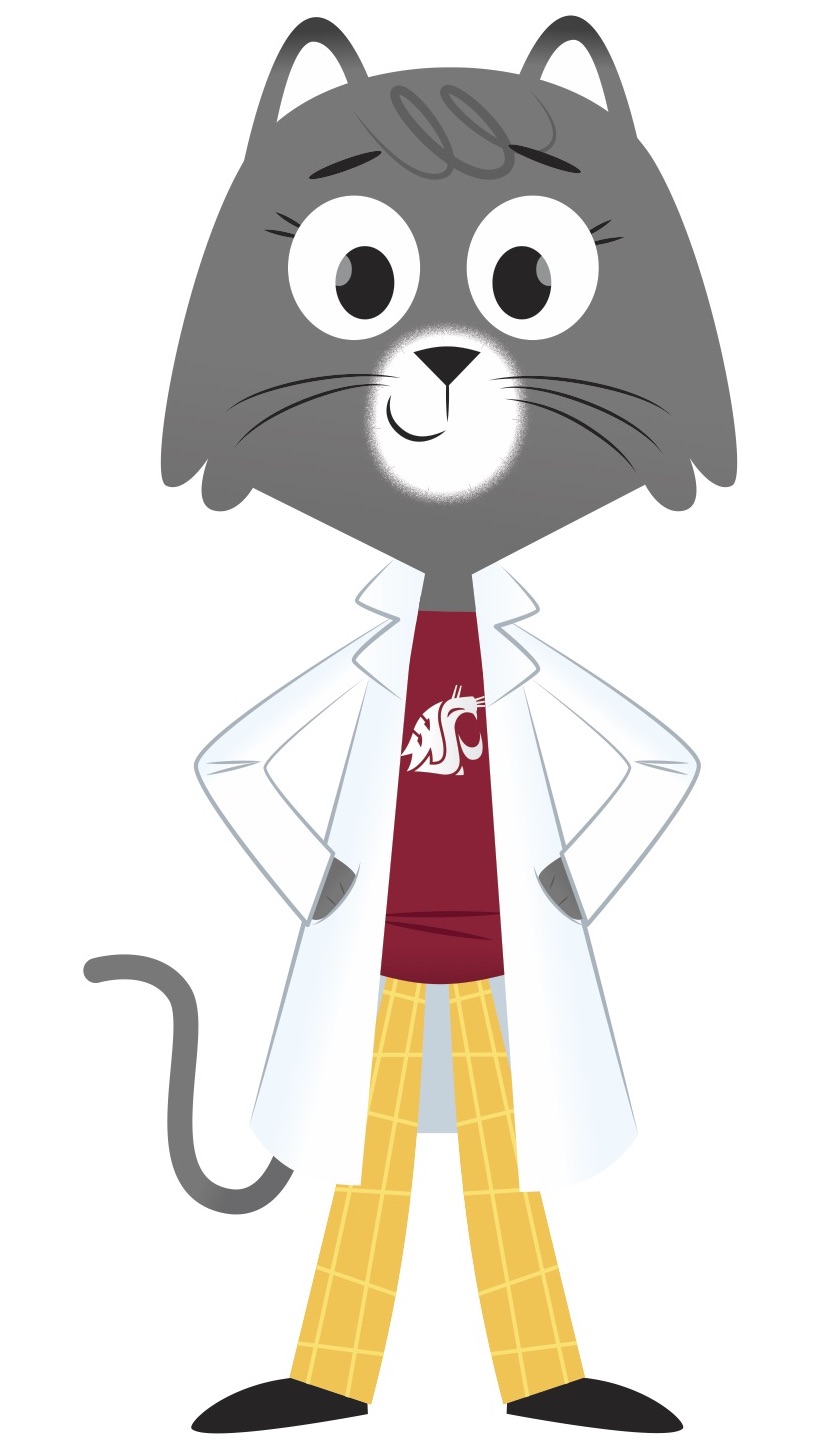Dear Daniel,
Our brains work hard to help us move, talk and think. They also help us sleep. When we rest, some parts of our brain are active. When we are up and moving around, parts of our brain are actually at rest.
It’s almost like they are taking a little cat nap, said my friend Hans Van Dongen, a sleep researcher at Washington State University. Maybe you’ve experienced this if you’ve been daydreaming, lost your train of thought, or even just zoned out for a bit.
Van Dongen and his team observe lots of different sleep behaviors at the Sleep and Performance Research Center–that’s my kind of lab. He said there are really two main types of sleepwalking.
Deep sleepwalking
 The first is when you are in a deep sleep. In a deep sleep, your brain isn’t thinking about much at all. It is actually recovering from the day before. During this time, the part of your brain in charge of different motions and movements is acting on its own.
The first is when you are in a deep sleep. In a deep sleep, your brain isn’t thinking about much at all. It is actually recovering from the day before. During this time, the part of your brain in charge of different motions and movements is acting on its own.
There’s a chance that if you sleepwalk in this state, you will find yourself doing something you did during the day. You might walk down the hallway or to your table.
If you wake up someone who is doing this kind of sleepwalking, they will be pretty confused. It’s similar to that surprised feeling you wake up to at the sound of an alarm clock.
“It’s just a part of the brain forgetting that it is supposed to be asleep and carrying out an automatic program,” Van Dongen said.
Rapid-eye movements
The other type of sleepwalking happens in the same sleep state where most people remember their dreams. In this state, your eyes are at times moving very quickly while you are asleep—it’s called rapid-eye movement sleep. While scientists don’t exactly have evidence to show dreams have particular meanings, we do observe that dreams have storylines.
When you are in rapid-eye movement sleep, the brain turns off the muscles in your body. It’s called muscle atonia, and the brain does this so that when you are dreaming a storyline kind of dream, your body won’t act it out in real life. Sometimes muscle atonia happens while you are just about to fall asleep. This is known as sleep paralysis—and you may experience it as a feeling of falling or tripping when you are drifting off to sleep.
Turning off the muscles
In some people, the brain sometimes starts dreaming, but it doesn’t turn off the muscles. That’s another reason why we see people sleepwalking. It isn’t supposed to happen, but sometimes the brain just doesn’t send the right message to the body.
A lot more kids sleepwalk than adults, too. While we don’t know exactly why, we do know the brain goes through some big changes as we grow and learn to walk, talk, think, and socialize.
“These are massive changes happening in the brain,” Van Dongen said. “The ever-changing brain doesn’t always get it perfectly right.
Sleep is fascinating—and sometimes just thinking or writing about it makes me a little sleepy. I think it’s the perfect time for a cat nap.
Sincerely,
Dr. Universe